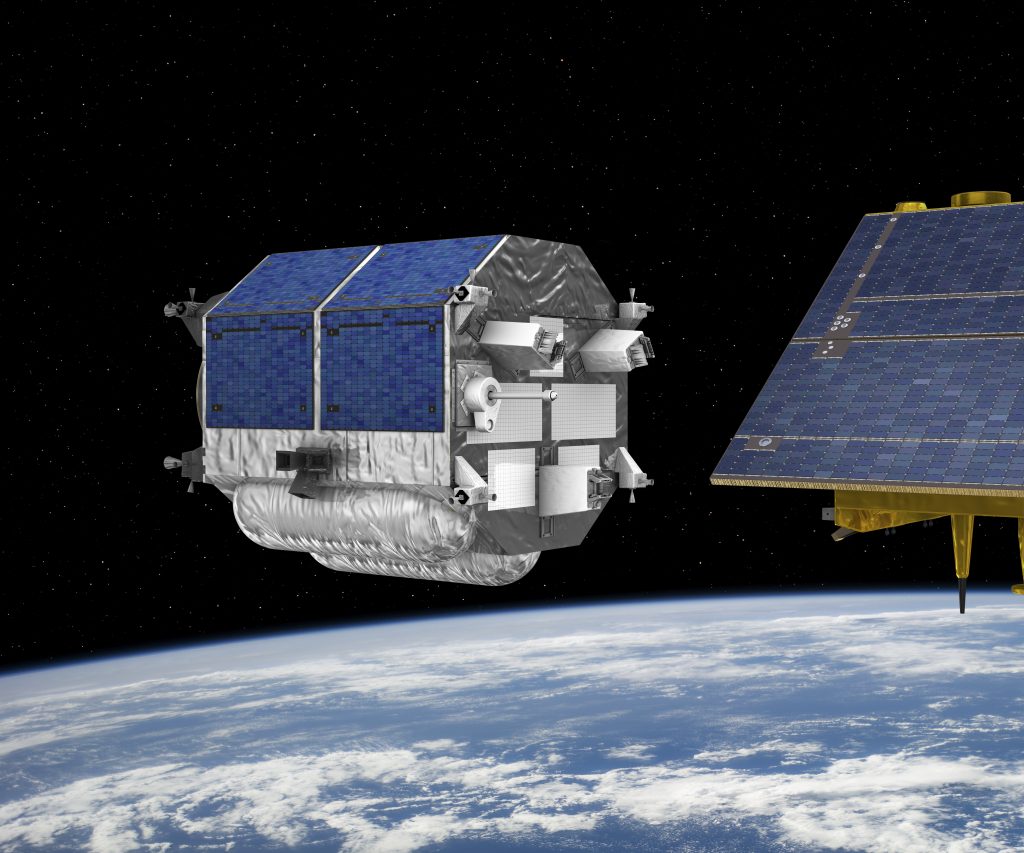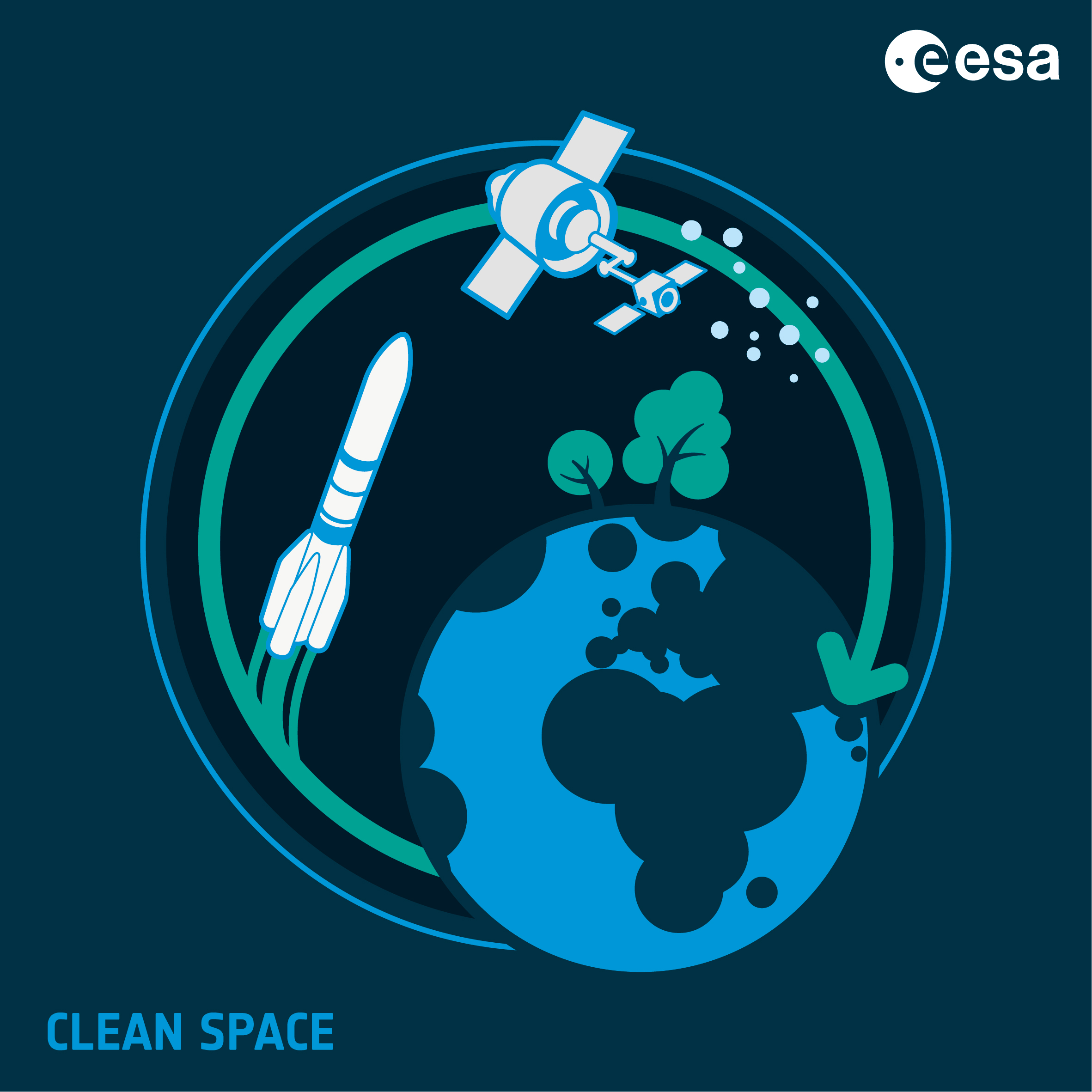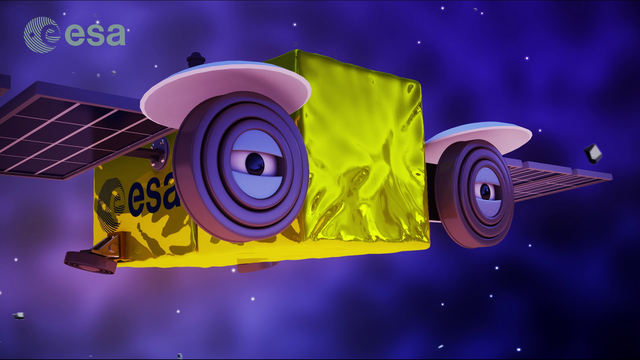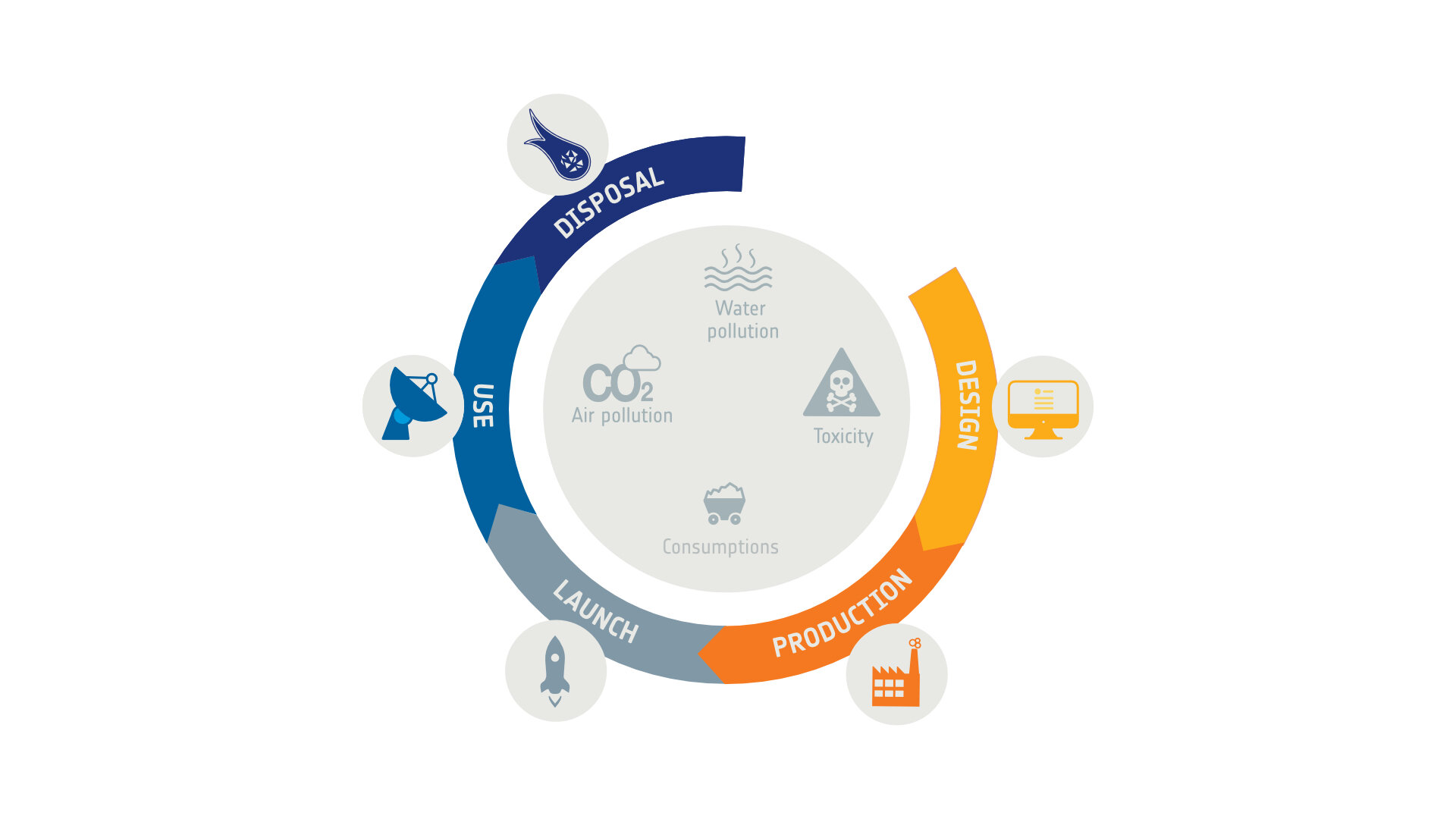Imagine a future where satellites can be refueled, repaired, or even recycled while still in orbit. This isn’t science fiction—it’s the promise of In-Orbit Servicing (IOS) missions. But how do we ensure these complex operations are safe and efficient?
In 2024, ESA published an update to the Close-Proximity Guidelines, sharing design principles aimed at increasing the safety of close-proximity operations. These guidelines are needed in the context of a growing demand for IOS missions aiming at enabling life extension through AOCS takeover, refueling, inspection, assembly, manufacturing, or even recycling in-orbit. These services will require approaching the client spacecraft with a spacecraft equipped with tools such as a robotic arm or a refueling interface.

Importance of Close-Proximity Guidelines
According to Andrew Wolahan, ESA RISE project manager, “these guidelines are a fundamental tool for enabling commercial in-orbit servicing operations in a safe and sustainable manner”. Europe has lots of experience in human-rated rendezvous and capture with existing standards for this. However, these standards often inhibit commercial endeavors due to unappealing safety policies and costs. This is why commercial CPO requirements are needed.
Challenges in Commercial In-Orbit Servicing
Licensing in the space sector differs from other sectors, often starting well before the mission launches due to the lengthy process. If a mission causes debris during a CPO and poses a risk to a third party, the launching state is responsible. To prevent the production of additional debris, missions must comply with a set of guidelines and requirements to ensure a safe space environment.
The Role of ESA’s CPO Guidelines
The newest ESA guidelines on CPO were developed to establish a common ground for communication among countries. They are the result of work performed by the ESA technically led CPO Working Group with participation from European stakeholders, including space system integrators, space equipment suppliers, operators, insurers, national agencies, and universities. Clear definitions and required actions ensure maximum safety. Every country is free to use these guidelines, ensuring everyone speaks the same language and complies with them. This uniformity simplifies administration and licensing, as missions can easily demonstrate compliance with the CPO guidelines. The guidelines are currently incorporated into the ECSS, further streamlining the process. Harmonized communication between all stakeholders is extremely important, as misunderstandings can be costly and pose a risk.

Conclusion
With the growing demand for IOS, these guidelines are a significant milestone for safe missions and the further development of IOS research. They support the establishment of a circular economy where CPO becomes a standard practice, ensuring the sustainable use of space. Without CPO, we would be far from achieving this goal.
Interested in the future of space operations? Email us to read the full guidelines and see how you can contribute to a safer space environment: cleanspace@esa.int.
Related Content
- Follow our Clean Space LinkedIn Page
- Read more about Circular Economy: Circular Economy | Enabling a Space Circular Economy by 2050: ESA’s Vision – The Clean Space blog
- If you are curious about the Space Debris Mitigation Requirements: ESSB-ST-U-007
- Learn more about the Zero Debris Approach
- Find out what is a “launching state”





Discussion: no comments